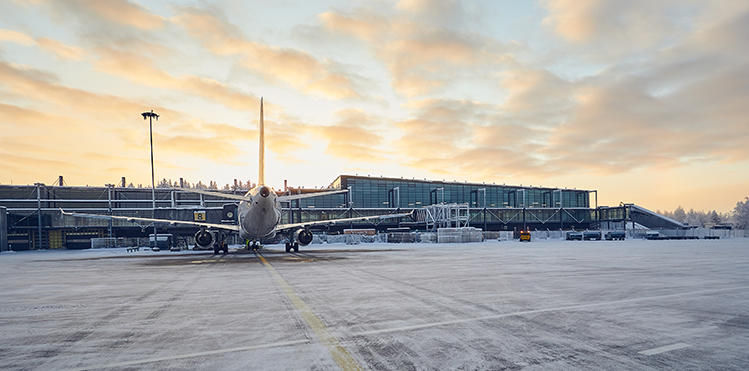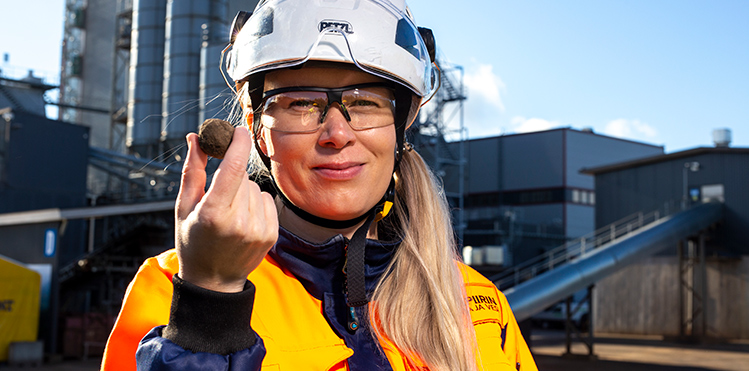Airport operator Finavia and Napapiirin Energia ja Vesi (Neve) have entered into an agreement on the heating of Rovaniemi Airport with carbon neutral district heating.
“We have worked systematically to reduce the climate impact of our airports for over 10 years now,” says Henri Hansson, SVP, Airport Infrastructure, Sustainability, Safety, Security & Compliance at Finavia. “We reached an important milestone two years ago when all our airports became carbon neutral. Our objective is to achieve zero net emissions in 2030, and we continue on our journey towards emissions-free airports. The cooperation with Neve is an important step along this journey.”

Airport operator Finavia and Napapiirin Energia ja Vesi (Neve) have entered into an agreement on the heating of Rovaniemi Airport with carbon neutral district heating.
The climate impact of airports originates from the heating of buildings and the energy consumption of vehicles. “In order to eliminate our carbon dioxide emissions, we must focus on increasing the use of renewable energy and improving our energy efficiency,” Hansson explains.
Vihreä Lähilämpö (Neve’s carbon neutral district heating product) is an excellent choice for Rovaniemi Airport, because it supports the key measures to reduce carbon dioxide emissions Finavia has identified in its climate programme. Neve produces its district heat from renewable and locally-sourced fuels.
According to Kristian Gullsten, CEO of Neve, the company generates heat mainly from wood-based fuels: wood chips and wood industry byproducts such as dust, bark, cutter shavings and recycled wood. Neve is also planning to use energy generated by burning dried sewage sludge in the near future. “We have made significant investments in reducing our emissions, and our objective is to make all our production emissions-free by the end of this decade,” Gullsten adds. “Thanks to our Vihreä Lähilämpö, we can offer carbon neutral district heating to the majority of our customers.”

According to Kristian Gullsten, CEO of Neve, the company generates heat mainly from wood-based fuels: wood chips and wood industry byproducts such as dust, bark, cutter shavings and recycled wood.







